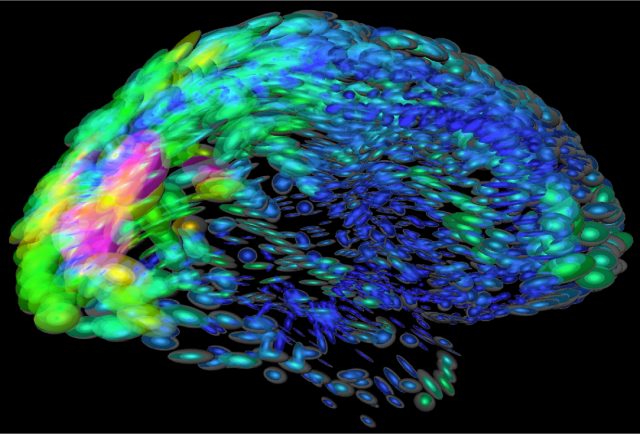Understanding the brain of a man with no conscious memory
Ars Technica » Scientific Method 2013-04-23

In 1992, at the age of 70, a US citizen suffered a severe case of viral encephalitis, a swelling of the brain caused by infection. After he recovered two years later, he appeared completely average based on an IQ test (indeed, he scored 103). Yet in other ways, he was completely different. Several decades of his past life were wiped completely from his brain. His only accessible memories came from his 30s, and from the point of his illness to his death, he would never form another memory that he was aware of.
But this severe case of what appears to be total amnesia doesn't mean he had no memory as we commonly understand it. The patient, called E.P., was studied intensely using a battery of tests for more than a decade, with researchers giving him tests during hundreds of sessions. After his death, his brain was given for further study. With the analysis of the brain complete, the people who studied him have taken the opportunity to publish a review of all his complex memory problems.
Aside from memory, there were only a few obvious problems with E.P. Most of his senses were normal except smell, which was wiped out (a condition called anosmia). His vision was perfectly fine, but he had two specific problems interpreting what he saw. One was a limited ability to discriminate between faces, and the other was difficulty in determining whether a line drawing represented an object that's physically impossible (think M. C. Escher drawings).
Read 9 remaining paragraphs | Comments